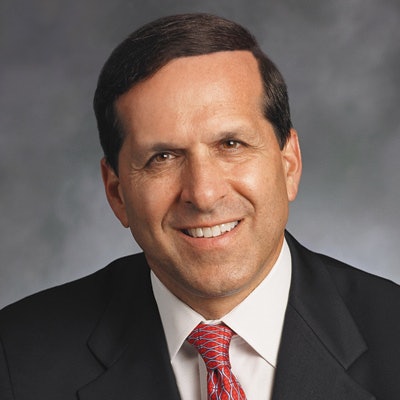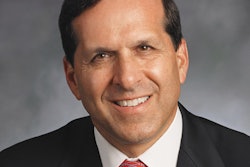
Dr. Roger P. Levin brings you the most thought-provoking topics from the Dental Business Study Clubs, an organization focused on the business of successful dentistry. Each month, Dr. Levin will explore an aspect of the business of dentistry in detail.
Other than the doctor, dental hygiene is the only other significant production center in most dental practices. Levin Group recommends that dental hygiene be approximately 25% of overall practice production. At this substantial level, it's an area that should be well-planned with a deliberate focus on practice production and profitability.
Don't know where to start? Here are five ways to increase hygiene profitability in any dental practice.
1. Have dental hygienists reach out to overdue patients
When the dental hygienist personally calls or leave messages for overdue hygiene patients, it's often taken more seriously than when the front desk staff makes the call. Of course, there are certain times when the hygienist doesn't have time in his or her schedule to make calls and the front desk must handle this important task. However, whenever there is an open appointment or no-show, the dental hygienist should have a list of patients ready to contact in order to encourage them to make an appointment.
The hygienist should also create scripting that stresses that they are committed to helping the patient keep their teeth for a lifetime, educates them about optimal dental care, and discusses the periodontal systemic health link in a positive way.
2. Have dental hygienists talk about elective dentistry
Dental hygienists have more time with patients than any other team member. Americans are obsessed with appearance and straight white teeth are now an integral part of looking your best. Unfortunately, most practices underperform in cosmetic dentistry, implant dentistry, and even adult orthodontics. Dental hygienists always have the opportunity to educate and motivate patients to consider elective forms of treatment.
3. Have dental hygienists remind patients about treatment
 Roger P. Levin, DDS, is the executive founder of the Dental Business Study Clubs.
Roger P. Levin, DDS, is the executive founder of the Dental Business Study Clubs.Every practice has a certain number of patients who haven't accepted or completed recommended treatment. This is often because the practice never discusses the treatment again and the likelihood that the patient will be motivated to follow through with it drops severely. Practices should never think about case acceptance as only one (the first) conversation. Some case presentations can take months or even years before the case is accepted. Hygienists should make it an automatic part of their patient appointment checklist to identify and discuss any treatment that hasn't been accepted or completed.
It is also important to keep in mind that some patients do not complete treatment until the annual renewal of their insurance benefits. When the dental hygienist gently reminds patients about incomplete or recommended treatment, the level of case acceptance rises.
4. Develop a periodontal diagnostic program
Many dentists would like to believe that their patients don't have any periodontal issues, but research contradicts this thinking.
Periodontal disease exists in approximately 65% of patients. While this is an unfortunate reality for patients, it's an outstanding opportunity for hygienists to coordinate a periodontal diagnostic program, which helps both patients and the practice. Most people don't really understand periodontal disease and may even experience its symptoms (e.g., red, swollen, or tender gums; bleeding when brushing; bad breath; etc.) without thinking much about it. We recommend developing a step-by-step periodontal diagnostic program with scripting to help educate patients and encourage them to accept treatment.
5. Hire a dental hygienist assistant
If you have high volume and available chairs, a dental hygiene assistant can immediately boost hygiene productivity and profitability by 33%.
How? A dental hygiene assistant carries out every hygiene activity that is not required by regulations or law from the hygienist. This includes preparing rooms for treatment, developing x-rays, and performing other administrative duties. By having a hygienist move back and forth between chairs working in coordination with a dental hygiene assistant, productivity and profitability will increase immediately. This creates a calm and low-stress working environment.
Summary
Dental hygiene is an area of extreme opportunity that many practices ignore. Being on the treadmill of one patient every hour and not strategizing for other opportunities in dental hygiene will limit overall hygiene profitability. Use the five strategies above to maximize your hygiene production.
Roger P. Levin, DDS, is the executive founder of the Dental Business Study Clubs. To contact Dr. Levin, or to join the 40,000 dental professionals who receive his Practice Production Tip of the Day, visit www.levingroup.com or email [email protected].
he comments and observations expressed herein do not necessarily reflect the opinions of DrBicuspid.com, nor should they be construed as an endorsement or admonishment of any particular idea, vendor, or organization.



















